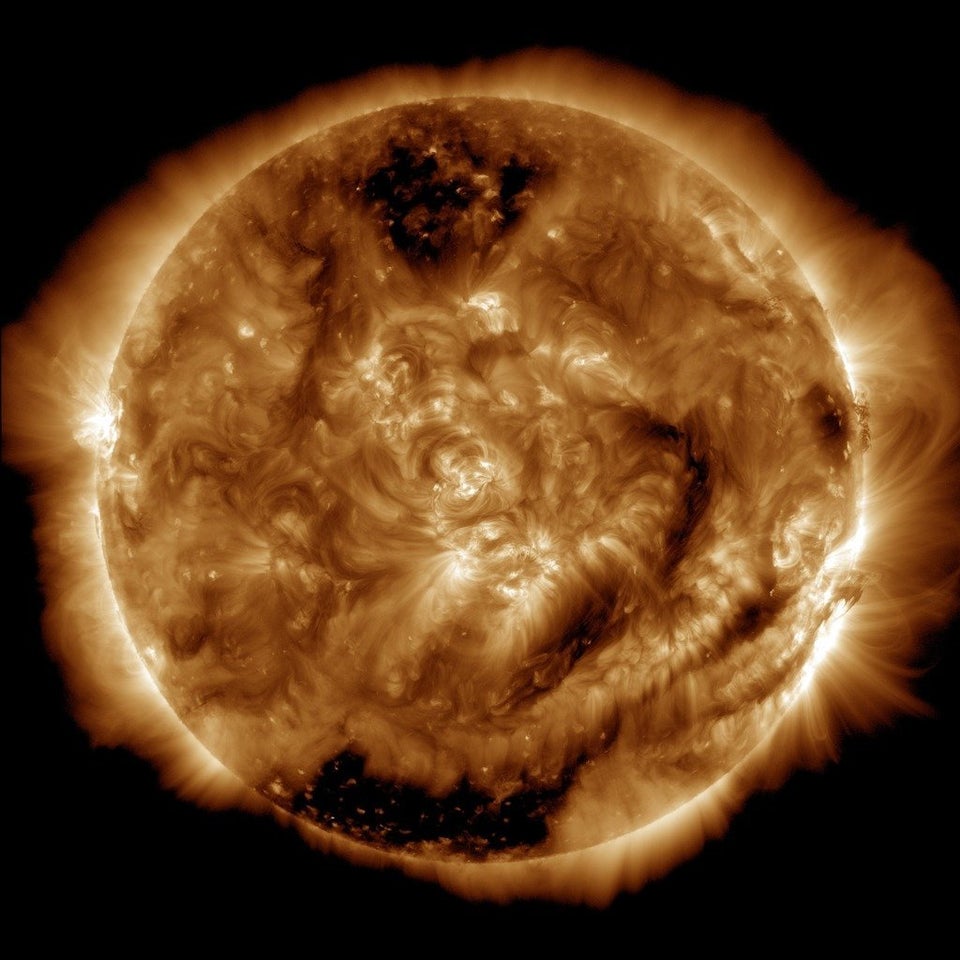The web is brimming with photos and videos of Tuesday's total solar eclipse -- the only one this year -- but it's hard to beat the eye-popping composite video NASA just released.
The brief clip above lets you see the eclipse not from the surface of the Earth, as most of us do, but from deep space, looking back at our beautiful blue marble.
NASA's clip is a mashup of 13 separate photos snapped on March 9 by the Earth Polychromatic Imaging Camera, or EPIC instrument, aboard the Deep Space Climate Observatory satellite, which orbits our planet at a distance of 1.6 million kilometers.

You can watch as the shadow of the moon sweeps dramatically across Asia, from the Indian Ocean to Indonesia and Australia to the islands of Oceania.
Fascinating stuff, for sure. But what's especially interesting is to note the way the shadow moves across the Earth in the same direction as our planet rotates -- and to think how fast it must flit across the Earth's surface in real time.
The shadow's speed across the surface of the Earth varies according to the time of day and one's position on the planet, Dr. Michael Blanton, an associate professor of physics at New York University, told The Huffington Post in an email. It ranges from about 1,100 miles an hour all the way up to 5,000 miles per hour.
"The shadow moves faster near the poles because the Earth's rotation is slowest there and because the shadow is projected around the Earth's curvature -- and so the net speed is faster," Williams College astronomer Dr. Jay Pasachoff told The Huffington Post in an email.
All this is to say that the shadow's presence is fleeting on any particular point of the Earth. Of course, if you're moving -- for instance, aboard a jet airplane -- things are a bit different.
When a Concorde supersonic airliner chased a solar eclipse over Africa on June 30, 1973, the lucky scientists aboard were treated to more than 74 minutes of totality (the phase of an eclipse in which the moon's disk completely covers the sun). That's about 10 times longer than totality can last on the ground.
Totally cool.

